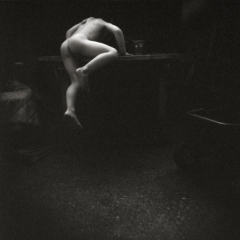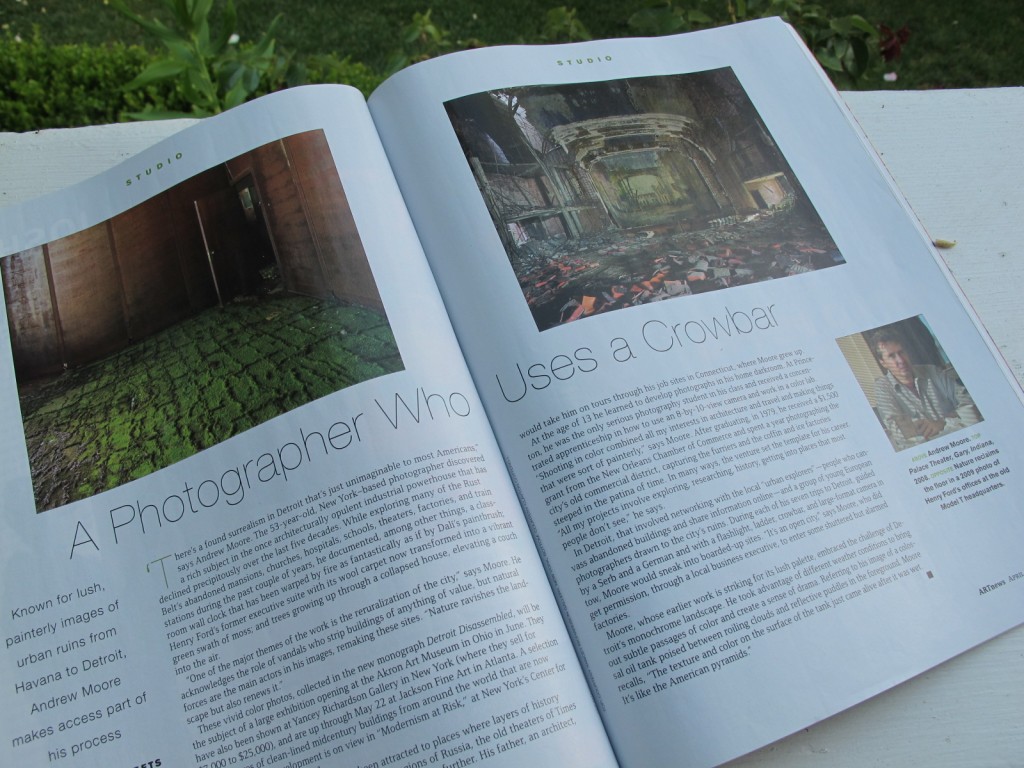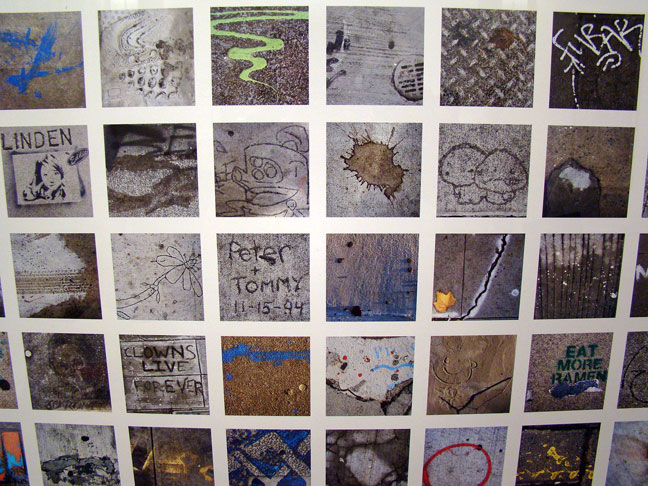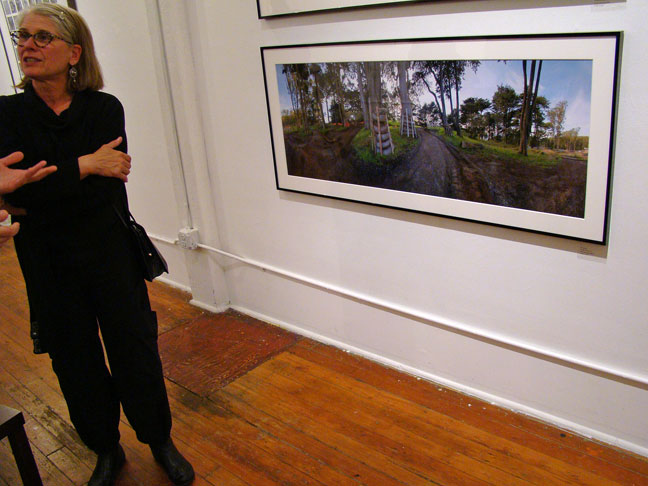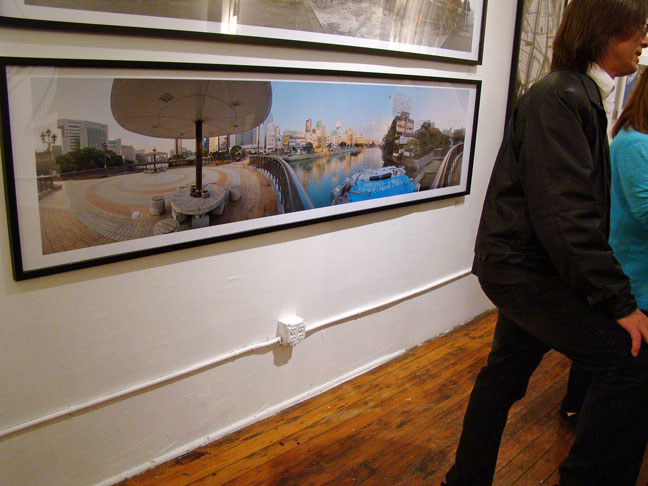The FotoVisura Grant aims to support personal photography projects to encourage the production and development of photography outside the commercial realm. The Grant is eligible for projects not initiated by an assignment or commission. To be eligible for the Student Grant you must be currently in an under graduate or graduate program, or a recent graduate, having graduated after January 1st 2009.
Additionally, the following requirements apply for both the Grant and the Student Grant:
• A minimum of 15 images must be submitted
• Image size: 1000px on the longest dimension (14 inches @ 72 dpi)
• A written reflection, in first person, of at least 150 words with synopsis & significance
• All images and text to be uploaded through the FotoVisura.com website
• To enter you must read and agree to the contest Terms & Conditions
• Only one Submission per photographer will be judged.
The deadline is Wednesday, September 15th at 12:00 noon EST
Price is $30 for annual membership – membership is required
via Entry Requirements & Instructions | FotoVisura Grant.
UPDATED:
- deadline is now: Monday, November 1st 12:00 noon EST
- Larry Fink has joined the jury


